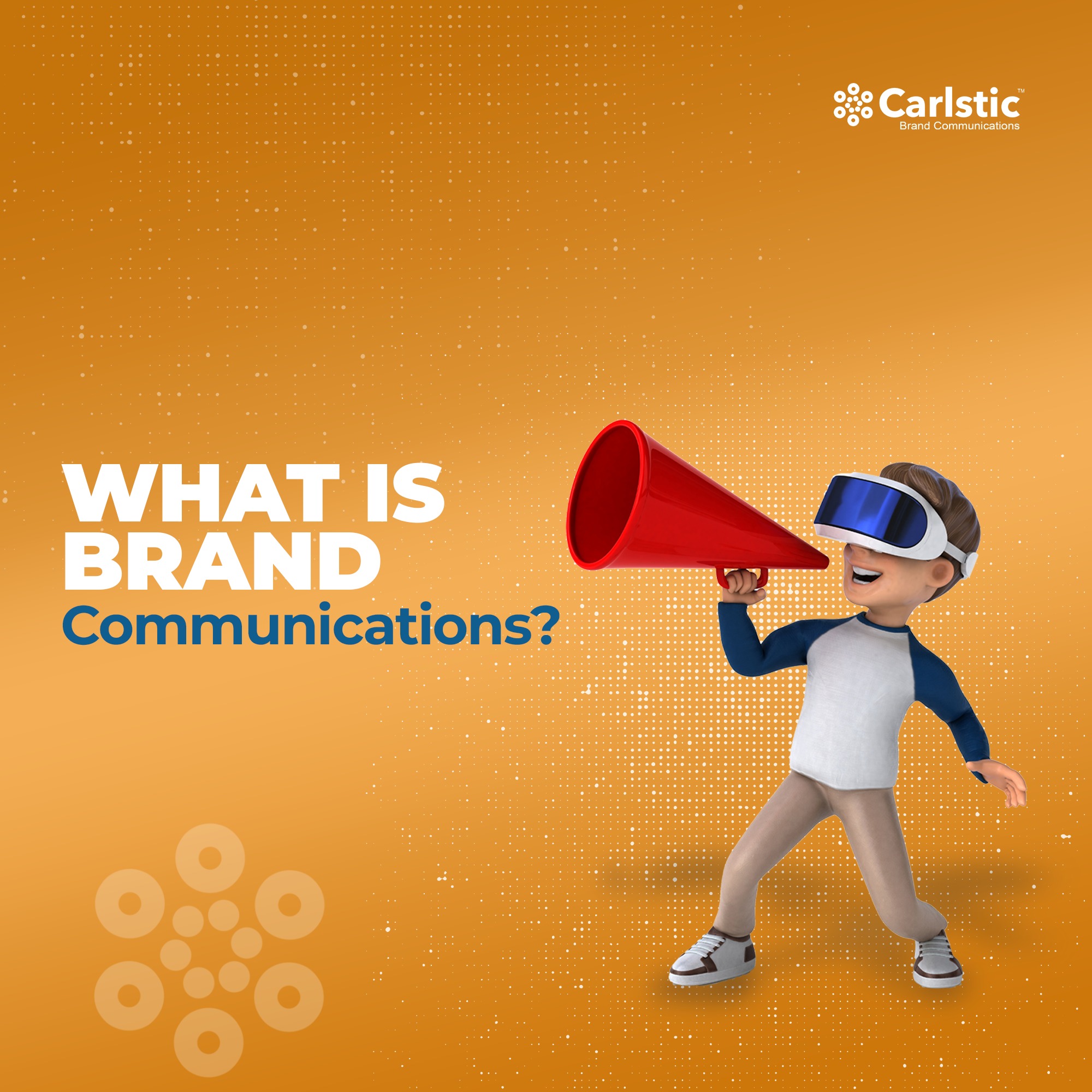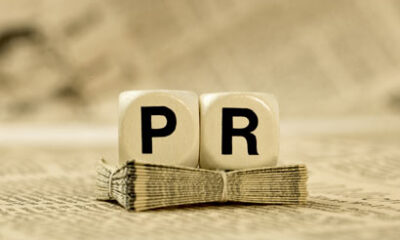Brand Positioning
The Trinity of Brand Communications

In the ever-evolving landscape of brand communications, the pillars of branding, marketing, and public relations (PR) stand tall, each playing a pivotal role in shaping a brand’s identity and perception. While often used interchangeably, these disciplines possess unique characteristics and objectives that collectively contribute to a brand’s success. In this article, we unpack the differences between branding, marketing, and PR, and understand how their synergy empowers brands to thrive in a competitive world.
- Definition and Purpose:
At the core of every brand communication strategy lies the concept of differentiation. Branding is the process of crafting a brand’s identity, personality, and values. It forges an emotional connection with the audience, defining what the brand stands for and why it matters. Branding gives the brand its soul, making it relatable and memorable to consumers.
On the other hand, marketing is the art of promoting a brand’s products or services to a specific target audience. It revolves around strategic campaigns that communicate the brand’s value proposition and offerings. Marketing appeals to the rational aspect of consumers, addressing their needs, desires, and pain points.
Public Relations (PR) is the guardian of a brand’s reputation. It manages communication between the brand and its various stakeholders, including the media, customers, investors, and the public at large. PR fosters positive relationships and seeks to enhance the brand’s image through earned media coverage and strategic communications.
- Strategic vs. Tactical:
The distinctions between these disciplines also lie in their time horizons and approach. Branding is a strategic endeavor, setting the foundation for marketing and PR activities. It involves long-term planning and vision, ensuring consistency across all touchpoints and interactions with the audience.
Marketing and PR, however, are more tactical in nature. They focus on implementing specific campaigns and initiatives to achieve measurable objectives. Marketing campaigns are often shorter-term, designed to achieve immediate goals like increasing sales or driving website traffic. PR activities may vary, from handling product launches to managing crises.
- Emotional vs. Rational Appeal:
One of the most significant differences between these disciplines is the way they appeal to consumers. Branding seeks to create an emotional connection with the audience, evoking feelings, and building trust and loyalty. It is the essence of the brand’s personality, conveying what it represents beyond just the products or services it offers.
Marketing and PR, on the other hand, often appeal to the rational side of consumers. Marketing campaigns present product features, benefits, and competitive advantages, aiming to persuade potential customers to make a purchase. PR communicates factual information, such as company achievements or social responsibility initiatives, to build credibility and goodwill.
- Tools and Channels:
Each discipline employs different tools and channels to achieve its objectives. Branding relies on elements such as visual identity (logo, colors, typography), brand guidelines, and consistent messaging. It manifests in every customer touchpoint, from packaging to the brand’s website and social media presence.
Marketing utilizes a variety of channels, both traditional and digital. Digital marketing includes search engine optimization (SEO), social media advertising, email campaigns, and content marketing. Traditional marketing may involve print advertisements, television, and direct mail.
PR leverages media relations, press releases, press events, and influencer collaborations to build a brand’s reputation and gain exposure.
- Audience Focus:
Branding, marketing, and PR strategies cater to different aspects of the target audience. Branding aims to create an emotional bond with consumers, fostering brand loyalty and advocacy. It seeks to appeal to the audience’s values, aspirations, and lifestyle.
Marketing, on the other hand, focuses on understanding the audience’s needs, preferences, and pain points. It tailors campaigns to address specific consumer segments, providing solutions that meet their requirements.
PR operates with a broader scope, engaging with various stakeholders, including customers, media, investors, and the public. It aims to maintain a positive reputation and build strong relationships beyond the realm of marketing-driven interactions.
- Metrics and Evaluation:
Measuring the success of each discipline requires different key performance indicators (KPIs). Branding success can be assessed through brand awareness surveys, brand equity studies, and customer sentiment analysis. Tracking the brand’s recognition and recall among the target audience is vital.
Marketing relies on data-driven metrics, such as conversion rates, click-through rates, return on investment (ROI), and customer acquisition costs. It aims to demonstrate the impact of campaigns on sales and revenue.
PR evaluates its efforts through media coverage, sentiment analysis, and reputation indicators. Monitoring the tone and frequency of media mentions and analyzing public perception are essential to gauge the effectiveness of PR initiatives.
- Integration and Collaboration:
While these disciplines have unique roles, their integration is paramount to achieving a cohesive brand communication strategy. Successful brands understand the synergy between branding, marketing, and PR, using them collectively to create a harmonious narrative that resonates with their target audience.
An effective branding strategy provides the foundation for marketing and PR activities. Marketing campaigns incorporate the brand’s messaging and visual identity, ensuring consistency across various marketing channels. PR leverages branding elements to communicate the brand’s core values and personality to the public, enhancing its reputation.
In conclusion, understanding the difference between branding, marketing, and PR is fundamental to building a successful brand communication strategy. Branding crafts the soul of a brand, connecting emotionally with consumers. Marketing tactically promotes products or services, appealing to rational needs. PR safeguards the brand’s reputation and engages stakeholders to build trust.
While each discipline operates independently, their integration fosters a powerful synergy that amplifies a brand’s impact in the hearts and minds of the target audience. By embracing the trinity of branding, marketing, and PR, brands can create a compelling narrative that captures the essence of their identity, propelling growth, and solidifying position in the market.











